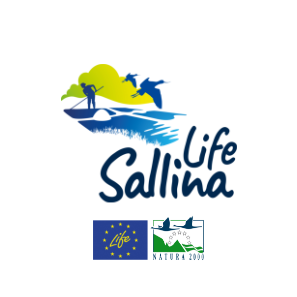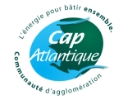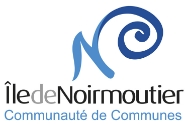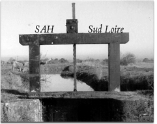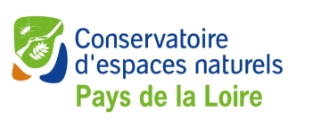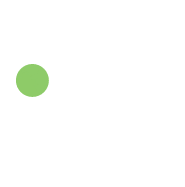Presentation
The lack of maintenance and hydraulic management of uncultivated salt and salt marshes leads to a progressive deterioration in the state of conservation of remarkable habitats: siltation of basins and drying, colonization of woody trees (sloes, holm oaks), development of species invasive, etc.
In the absence of hydraulic management, the basins also lose their salt potential as well as their reception potential for many bird species.
The ecological restoration work planned under LIFE Sallina will therefore consist of:
- Maintenance of the hydraulic network (river banks, belt ditches, clay embankment on Guérande and Mès; secondary and tertiary ditches on the Breton Marsh) to allow saltwater to be supplied to the basins.
- The installation and management of hydraulic structures to allow water management adapted to ecological issues.
- The peripheral cleaning of certain basins (called “striping” in the salt marshes of Guérande and Mès), to avoid the natural landing of the basins managed in salt water.
- The creation and shaping of nesting islands for the Avocet elegant (Recurvirostra avosetta) and the other nesting birds (White stilt-Himantopus himantopus, Tern-garin-Sterna hirundo…).
- The reopening of salt meadows by brush cutting and woodcutting to maintain open environments.
- The mowing of certain reed beds to avoid their landing and their colonization by woody trees.
- The creation of gentle slopes to allow the development of Atlantic salty meadows.
- The installation of a fence to set up an extensive sheep grazing to avoid regrowth of woody plants or Baccharis.
This work, carried out largely mechanically, will be implemented outside the nesting periods or the presence of species (amphibians for example) in order to avoid any harm to wildlife.
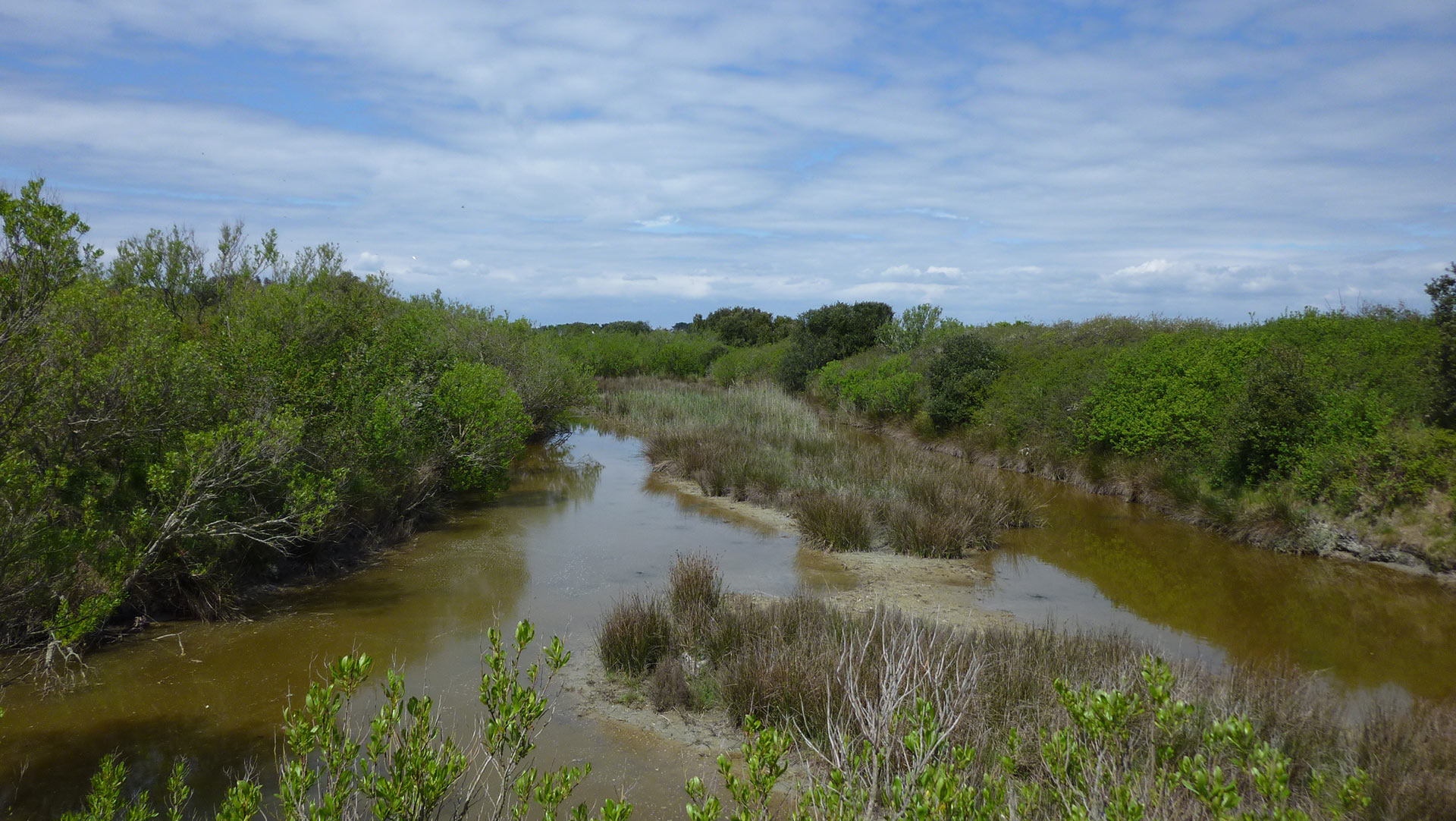
embankment with Baccharis and woody trees (photo credit : Cap Atlantique)
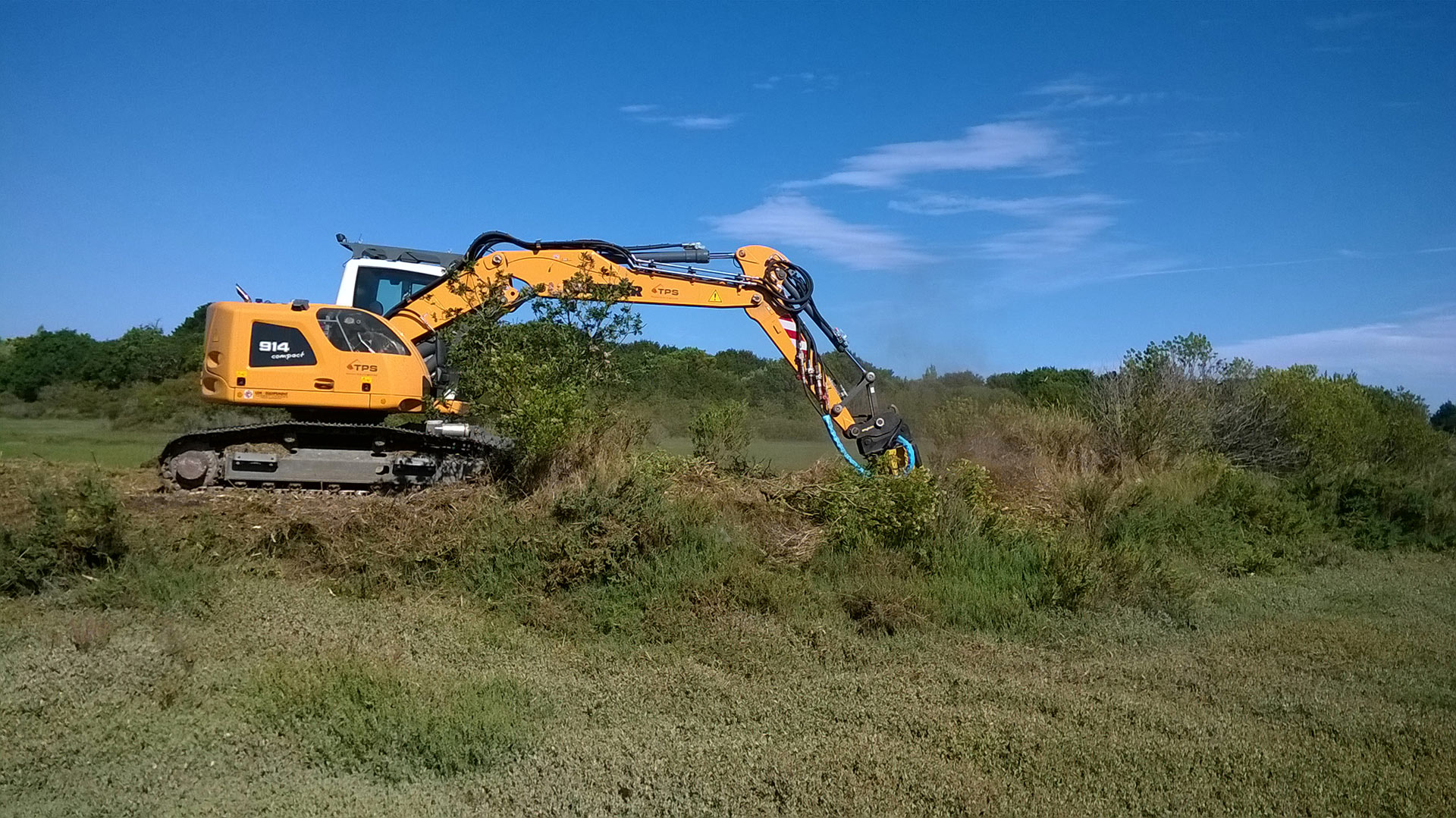
Vegetation crushing work (photo credit : Cap Atlantique)
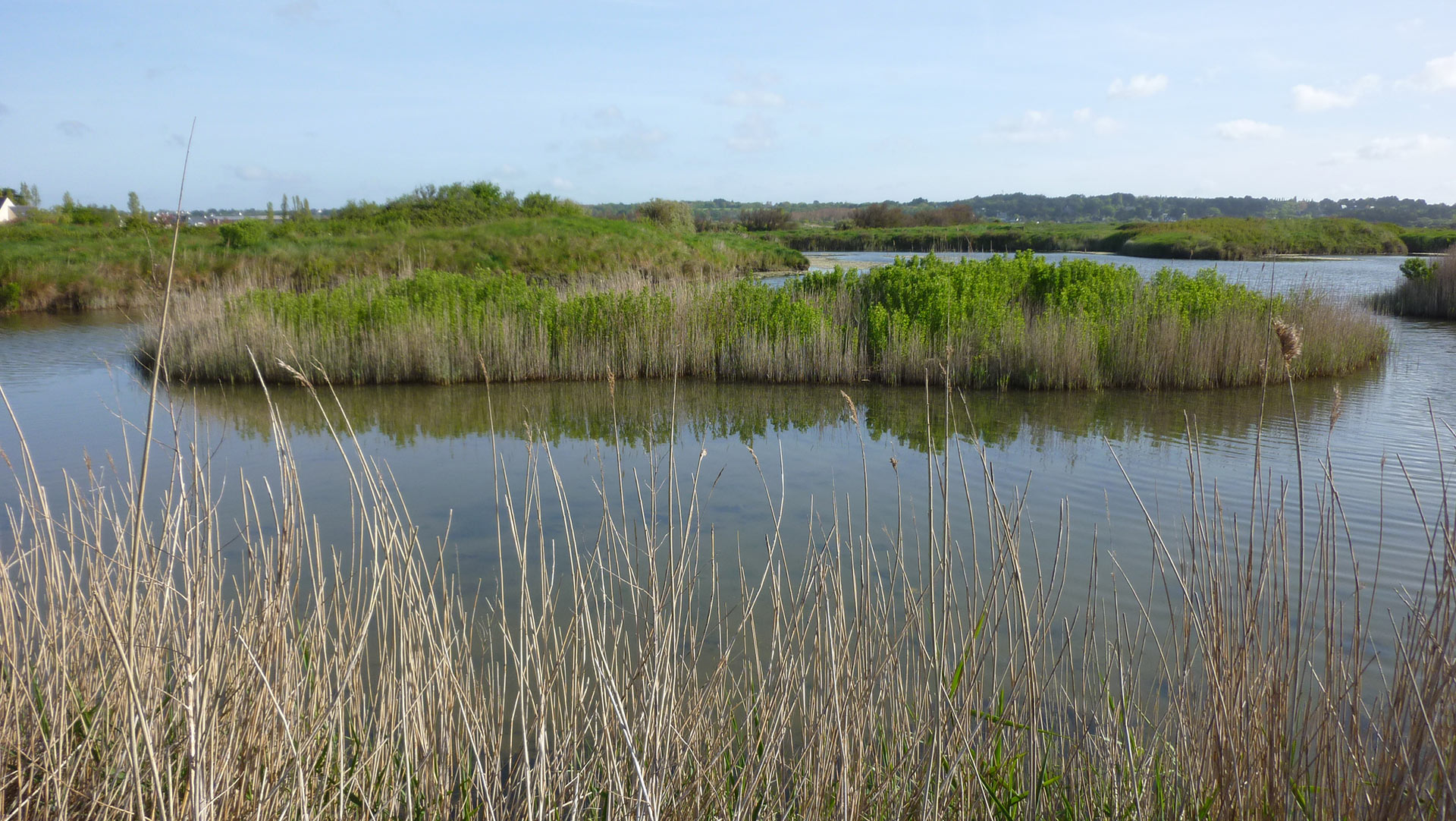
Island colonized by Baccharis (photo credit : Cap Atlantique)
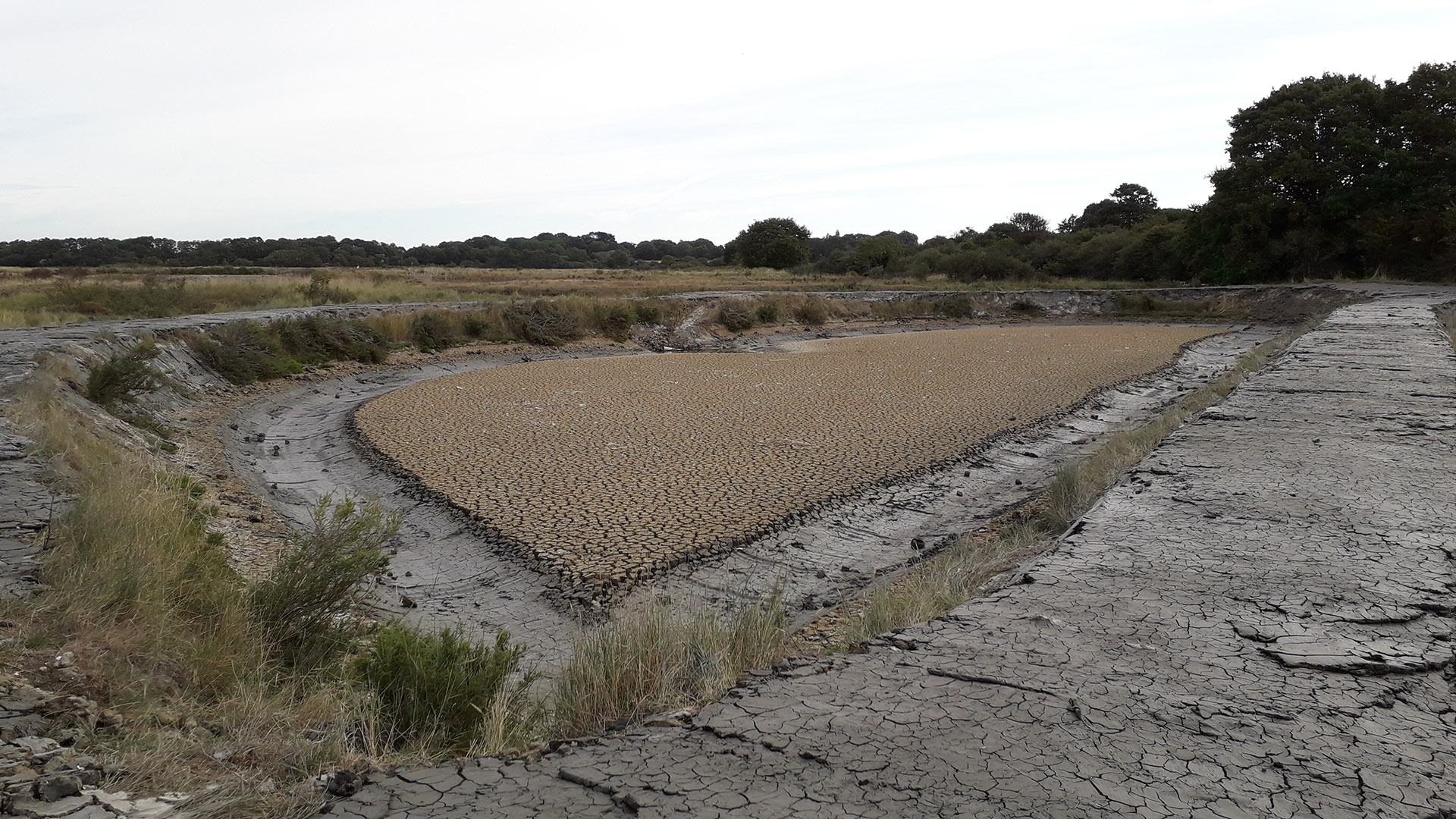
Basin raking (peripheral cleaning) (photo credit : Cap Atlantique)
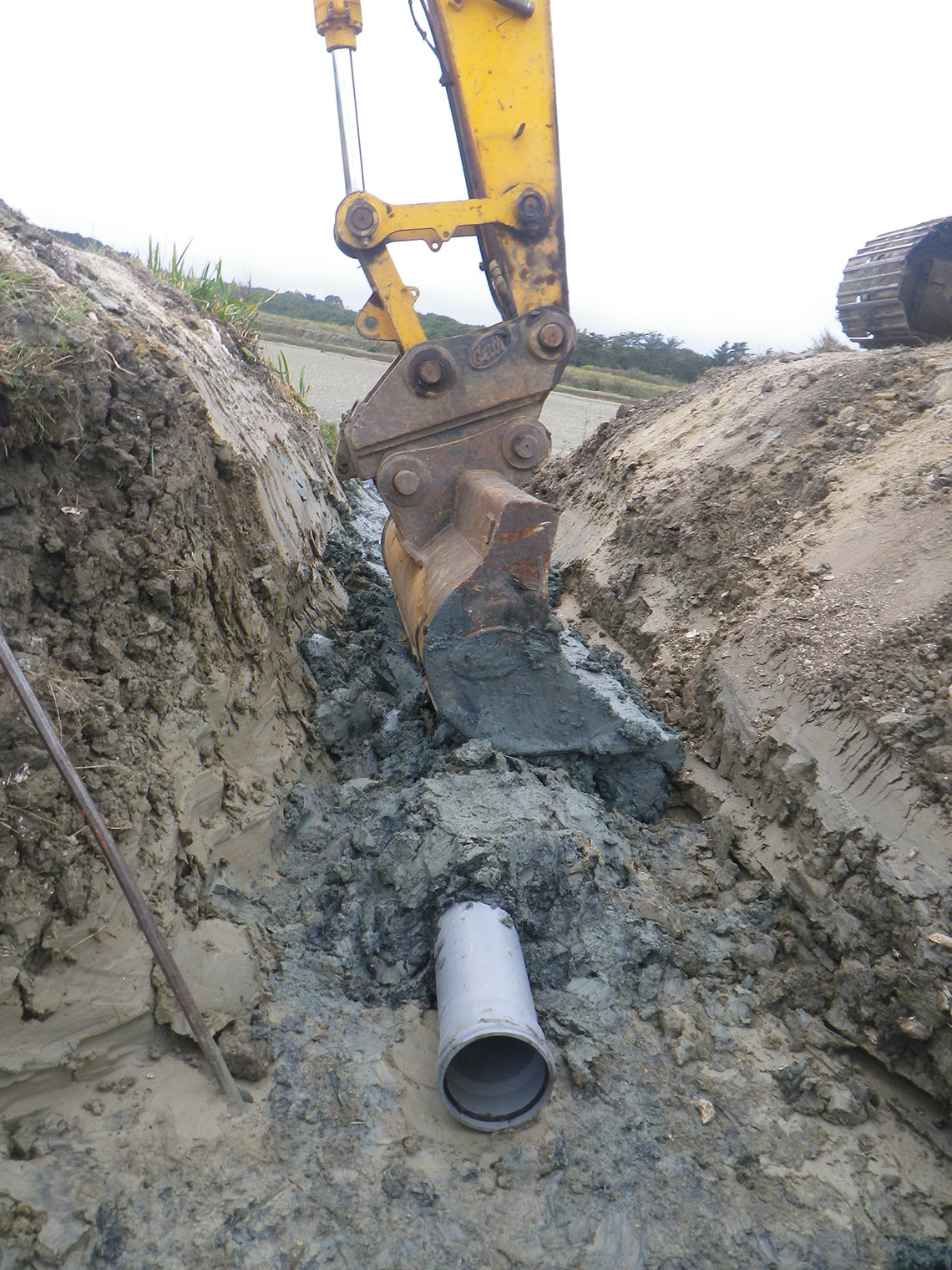
Installation of a hydraulic structure (photo credit : Cap Atlantique)
Goals
Implementation of restoration works on 21 pilot sites (390 ha).
Restoration and preservation of :
- 213 ha of coastal lagoons.
- 77 ha of salt meadows.
- At least 108 nesting islets on the pilot sites and 20 islets in exploited mudflats.
Avancement
» Marshes of Guérande and Mès :
- Works completed on 2 pilot sites (6 ha).
- Work in progress on 3 pilot sites (33 ha) – Work suspended in early 2020 due to weather conditions.
- Restoration or creation of 33 blocks on the pilot sites.
- Restoration of 11 islets in 4 exploited mud flats.
» Millac marsh :
- 8 pools under restoration (2 ha) – Works suspended in early 2020 due to weather conditions.
- Creation of 5 islets.
» Île de Noirmoutier Marsh :
- Work in progress on 1 pilot site (2.8 ha).
- Creation of 4 islets.


